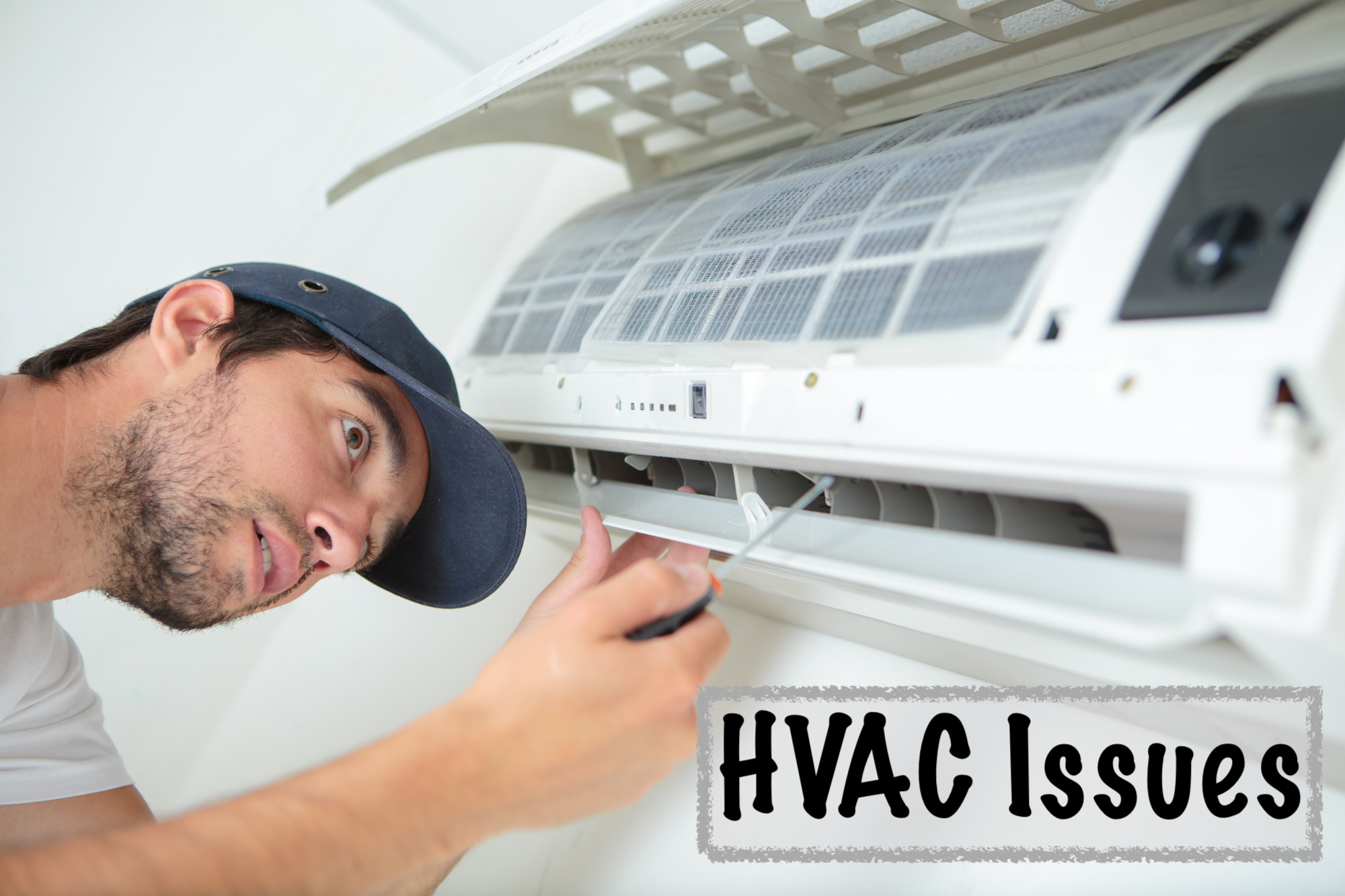HVAC systems are designed to thrive through years of wear and tear. That said, they’re far from infallible. Odds are, your HVAC system will incur damage and will, at some point, require a repair.
There are all sorts of problems that can plague an HVAC system. Curious as to the most common HVAC issues? Read on!
Here are 6 of the most common problems that HVAC systems can develop.
1. Dirty Air Filter
Perhaps the most common of all HVAC issues is the problem of a dirty air filter. Air filters are used to catch airborne dust and debris, ensuring that it doesn’t enter the AC system in excess. Of course, because they do this, they also become exceedingly dirty exceedingly quickly.
This is a problem. Why? Because not only does it reduce an air conditioner’s efficiency, but it also places undue wear and tear on the air conditioner, causing it to deteriorate and give up long before it would otherwise.
As such, it’s necessary to either clean or replace your HVAC air filter every 3 months or so. If so you have pets in your home (like dogs or cats), you might even consider making a change every month. That fur adds up quickly.
2. Inconsistent Thermostat
Does your thermostat seem to be displaying a different temperature than what is being produced by your heater or air conditioner? Does it sometimes fail to make changes in a timely manner? If so, there could be a number of different issues at hand.
In some cases, the thermostat could simply be in need of a battery change. However, in many cases, it’s the connection that’s to blame. Whether the thermostat is wired or wireless, its connection could be compromised either through deterioration or through interference.
Note, some thermostat inconsistencies aren’t the fault of the thermostat at all. In some cases, the sensors within the air conditioner or furnace could be to blame. If this is the case with your thermostat inconsistency, you would need to either clean these sensors or have them replaced.
In truth, the best option is to call up your local HVAC repair company. They’ll assess the problem, then take the necessary actions to correct it.
3. Clogged Ducts
Do you use forced heat and cooling? If so, there’s a chance that your ducts could become clogged. This occurs over years and years of use, as your duct system is subject to more and more dust and debris.
Unfortunately, after some time, the system can become so inundated with dust that it fails to deliver air as needed. Soon enough, you’ll find that one of your rooms is getting much colder than another, for example.
The fix? It’s as simple as clearing the ducts of any existing debris. To do this, you’ll need to disassemble the ducts and physically pull any debris from their confines. If you’re not up to the task yourself, you can also bring in a professional HVAC technician.
4. Drafts/Dead Spots
One of the most insidious HVAC problems is the problem of drafts/dead spots. These occur for a variety of reasons, some of which involve the HVAC system itself and some of which involve the environment that surrounds the HVAC system.
For instance, improper vent placement could cause one portion of a room to remain colder than another portion of a room. At the same time, a lack of insulation could cause one room to feel colder than another.
Fortunately, there are a number of things you can do to combat such problems. One answer is to install baseboard registers. Another answer is to reconfigure the positioning of your duct system.
In any case, you’re advised to utilize the services of a seasoned HVAC technician. He or she will go through your options with you and make sure you get the best fix possible.
5. Short Cycling
Perhaps the most notable of HVAC problems is short cycling, a problem wherein an AC or heater turns on for a few seconds, turns off for a few seconds, and then repeats the process perpetually, never truly heating or cooling the room as desired.
This is a problem not only because it prevents the room from reaching the desired temperature but because it wastes energy and places undue wear and tear on the HVAC system.
Oftentimes, this is caused by an improperly-sized heating or cooling unit. Note, though, that dirty temperature sensors can cause this issue as well.
6. Mechanical Issues
The fact of the matter is that HVAC systems have shelf lives. They won’t live forever and, at some point, their mechanical components will start to break down. These components run the gamut from belts to motors and much more.
So, if your air conditioner, furnace, boiler, or baseboards are in their second decade of existence, you need to keep an eye on them as much as possible. If they’ve survived this long, they’ve undoubtedly taken on a great deal of wear and tear, and could very well incur mechanical issues at any time.
How do you spot mechanical issues? There are a few signs to look out for. These include strange sounds (like squeaks or bangs), poor smells, and slow-to-respond functionality, to name just a few.
Don’t let mechanical issues linger. The sooner you can get them fixed, the more you’ll get out of your system in the long-run.
Keep an Eye Out for These Common HVAC Issues
If you want to keep your HVAC system running at its max capacity, you need to keep an eye out for these common HVAC issues. They can sneak up out of nowhere, so be sure to check your AC and heating system on a regular basis.
Looking for other home improvement tips? You can find them on our website. Check out our other articles now!
